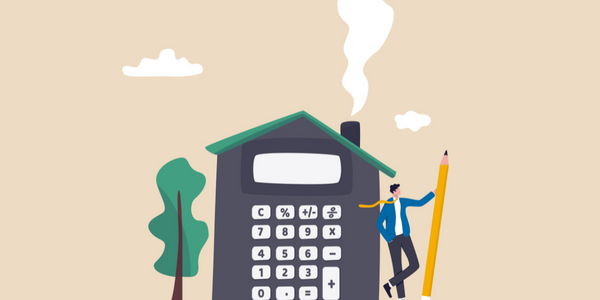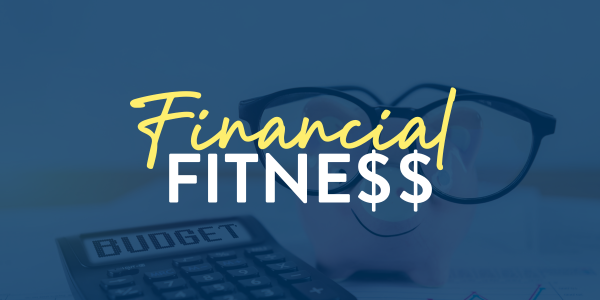
It is possible to obtain a conventional mortgage if you have a low down payment, but the trade-off is having to accept private mortgage insurance—also known as PMI. If you’re putting down less than 20% on your home, this article is for you!
Here’s the lowdown on PMI, when you need it, how to pay for it, and some ways you can avoid it altogether.

What Is Private Mortgage Insurance?
PMI is a type of insurance that is generally required when a homebuyer purchases a home with conventional financing and puts less than 20% down. Private mortgage insurance allows lenders to provide low down payment options because it protects them in the event that a borrower defaults on their home.
Though PMI protects the lender, not the borrower, borrowers also benefit from private mortgage insurance in the form of more accessible mortgage loan options.
When lenders are protected from the risk of default, they are more willing to lend to borrowers who don’t have a large amount saved for a down payment. That means they can provide more low down payment options for homebuyers like you.
How Much Does Mortgage Insurance Cost?
Mortgage insurance typically costs you between 0.5% and 1% of the entire loan amount annually. For example, if you have a $200,000 loan, at the higher PMI cost of 1%, your annual mortgage insurance premiums could total $2,000 each year.
Your private mortgage insurance may be tax deductible, depending on your income tax bracket. You should check with your accountant to see whether you can deduct your mortgage insurance.
Paying for PMI
There are a variety of choices available when paying for PMI. Each will vary based on your individual financial situation:
- Borrower-paid mortgage insurance (monthly premium): This type of mortgage insurance is a monthly payment included as part of your regular monthly mortgage payments. This is the most common type of PMI.
- Borrower-paid mortgage insurance (single premium): This option allows you to eliminate the monthly payment by either paying for PMI at the closing on your home or including it in the total cost of the loan amount.
- Split-premium mortgage insurance: This option reduces your monthly PMI obligation by paying a percentage of the loan amount upfront—you can pay up to 1.25%. The greater the upfront portion paid, the lower the monthly payment will be.
How to Avoid PMI
If you would like to avoid PMI in the first place, there are a few options. Of course, the first option is to make a traditional down payment of 20%. Since we know that’s not always possible, here are a few other possibilities:
Piggyback second
Another option for borrowers who want to avoid PMI is to obtain a second mortgage, known as a “piggyback,” that will provide the funds for the down payment.
These second loans often carry a higher interest rate and typically have more stringent credit score requirements, so it’s worth having a conversation with your loan officer about whether a second loan is the right choice for you.
Refinancing
If you have at least 20% equity in your home, you may be able to refinance to get rid of PMI. You should weigh the costs associated with refinancing versus the costs of paying PMI to make sure this makes sense for you.
Lender-paid mortgage insurance
You can also avoid PMI through a one-time upfront fee that’s paid by the lender. This fee is typically in exchange for a slightly higher interest rate over the duration of the loan.
The Bottom Line
PMI will add to the overall cost of your home purchase, whether you pay upfront fees or an additional monthly mortgage insurance premium (MIP).
For borrowers who qualify for a home loan now, and who don’t want to wait to save up a substantial down payment (or take on a second loan), mortgage insurance is often an acceptable price to pay to buy a home with no down payment or a low down payment.
Remember, too, that PMI is only temporary. Federal law requires lenders to stop charging you for private mortgage insurance once your loan-to-value ratio reaches 78%. This can be done in two ways (or a combination of the two).
The first is by paying down the principal balance of your loan. The second is through home appreciation. As your home grows in value, your loan-to-value rate decreases. You may have to pay for a new home appraisal, however, to verify your home’s new value.
Ask your mortgage loan advisor about the down payment options available to you, including your options for gift funds, second mortgages, and mortgage insurance if you’re getting a conventional loan and want to put less than 20% down.







